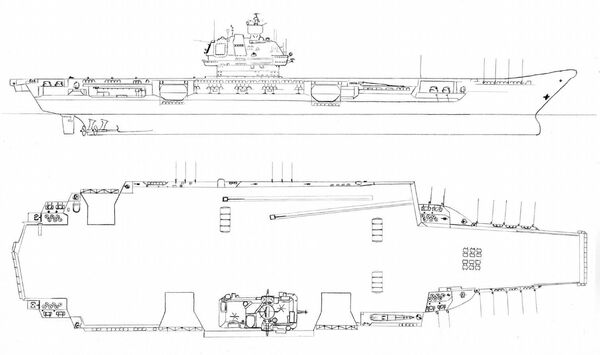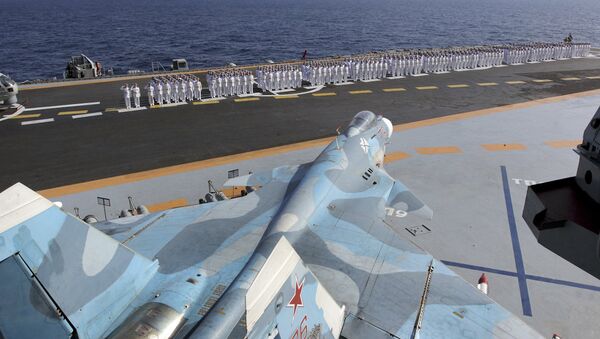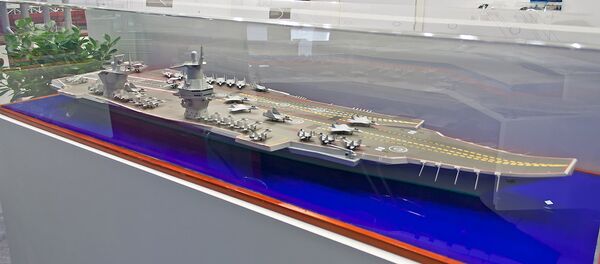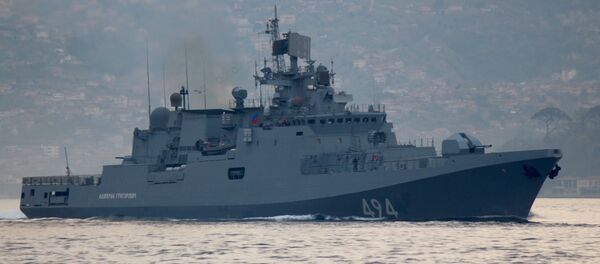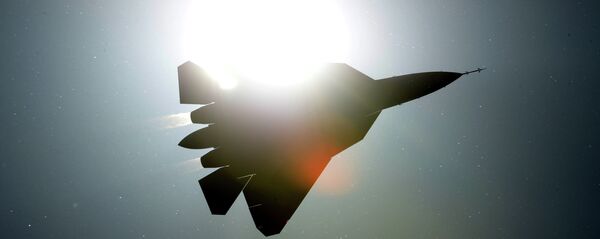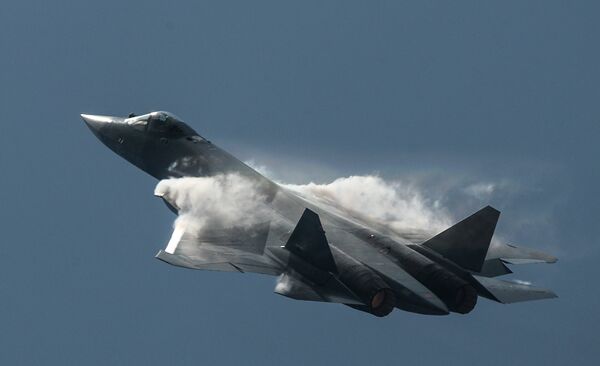Speaking to reporters on the sidelines of the International Maritime Defense Show (IMDS-2017) in St. Petersburg Wednesday, Bursuk confirmed that the Russian Navy would be building an aircraft carrier, and that it was looking at designs by the Krylov State Research Center, as well as other projects.
After modernization is complete, military experts expect the Admiral Kuznetsov to continue to serve in the Navy for at least another two decades.
Speaking to Radio Sputnik and asked to comment on Bursuk's remarks, military expert and Ret. Col. Andrei Golovatyuk emphasized the importance of having a new carrier design for the Russian Navy.
"An aircraft carrier is a very expensive thing," the expert said. "Not every country with a fleet can afford one. But modern challenges and threats have nonetheless led to the view that an aircraft carrier fleet should be developed, including in our country."
In any case, the observer noted that a new carrier would give the Navy a range of new opportunities, and new weapons designs which could be carried over to other projects.
"A modern aircraft carrier means new radio equipment, a new power plant, new conditions for crew accommodation and flight personnel, which is very important for long campaigns, and of course, modern weaponry," Golovatyuk explained.
As far as the Admiral Kuznetsov was concerned, the military analyst suggested that this ship will have one very important possible role to fulfill following its modernization, even given the presence of newer, more advanced carriers.
"According to the global classification, the Admiral Kuznetsov is not an aircraft carrier, but an aircraft-carrying cruiser. It is armed with missiles. And, in accordance with the Montreux Convention, it has a right to enter the Black Sea. US aircraft carriers for example, do not have this right, because they are legally considered aircraft carriers. And in the Black Sea we need to have aircraft carrier in order to be able to solve military tasks in the Middle East or the Mediterranean Sea," Golovatyuk said.
The Krylov design bureau project referred to by Deputy Commander-in-Chief Bursuk is Project 23000E Shtorm, the world's largest prospective aircraft carrier, co-designed by Krylov and the Nevskoye Design Bureau.
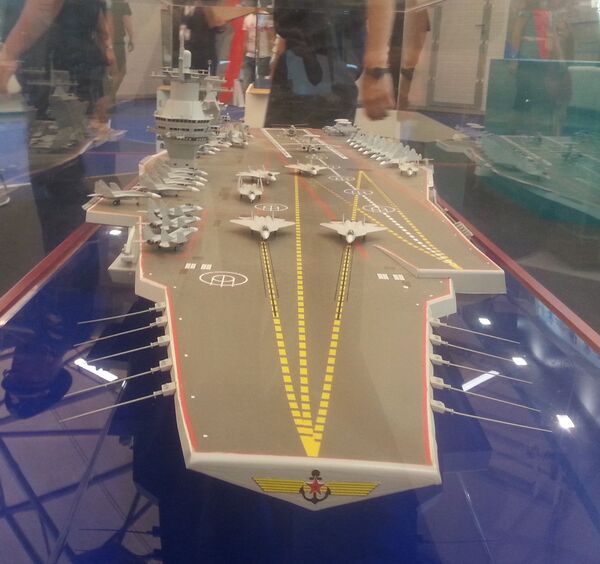
Estimates of the prospective vessel's likely price tag vary dramatically, ranging from $6.15 to $17.5 billion US. The Shtorm-class supercarrier would be nuclear powered, displace 100,000 metric tons, carry a 4,000-man crew, 90 fighters, and next generation air defense, including the S-500 air defense platform, whose development is expected to wrap up in the near future.
Russia's modern aircraft carrier design knowhow stretches back to the Soviet period, with the Project 1143.5 Kuznetsov-class complemented by Project 1143.7 Ulyanovsk – a never-finished, nuclear-powered, 321 m-long carrier which would have displaced 75,000 metric tons and carried a crew of 3,400.
The Ulyanovsk-class vessel would have had the capability to carry up to 68 aircraft, including 44 Su-33 and/or MiG-29 fighters, 6 Yak-44 early warning aircraft, and 18 Kamov Ka-27 and Ka-27PS ASW and air-sea rescue helicopters. The ship was laid down in 1988, but scrapped at 20% completion in the early 1990s due to budget constraints and Soviet leader Mikhail Gorbachev's desire to end the Cold War arms race with the United States.
Three decades later, the Russian Navy seems to be preparing to pick up where the Soviet Navy left off, and then some.
